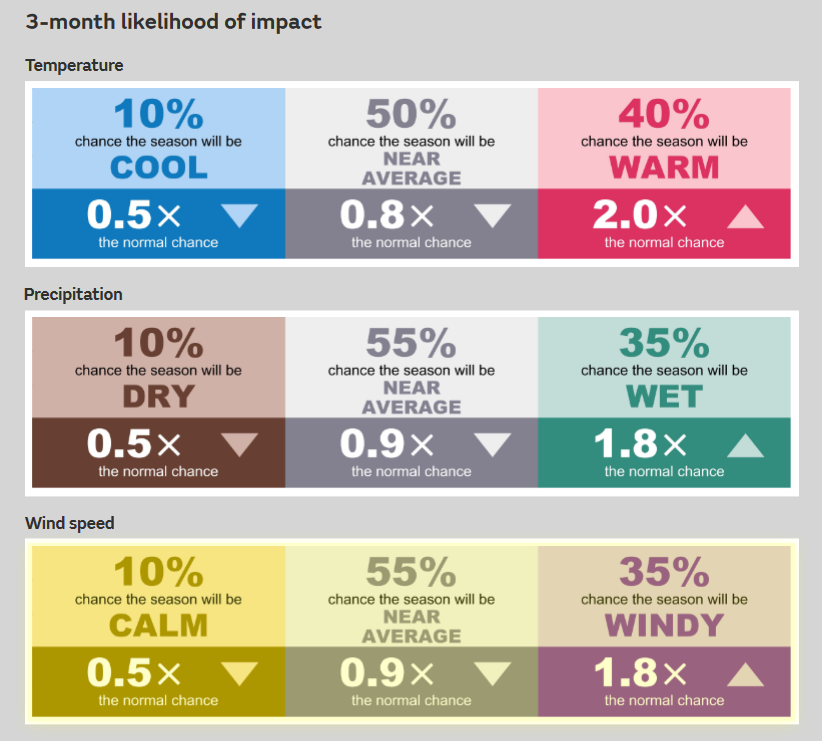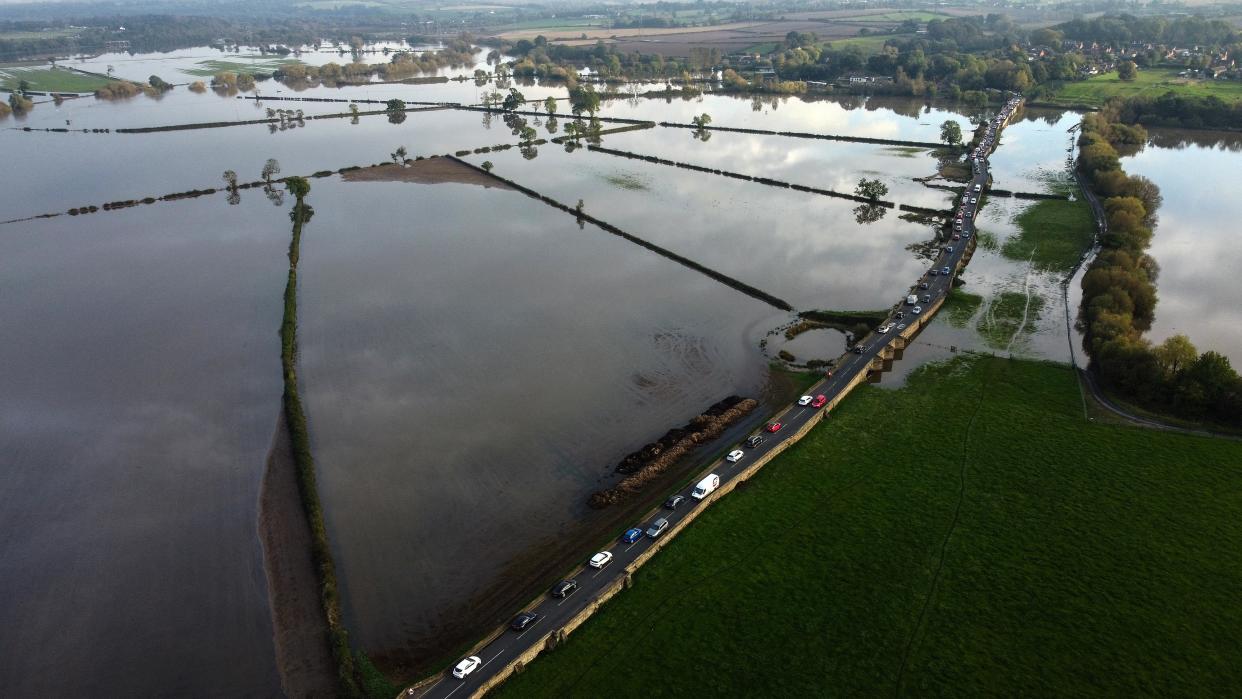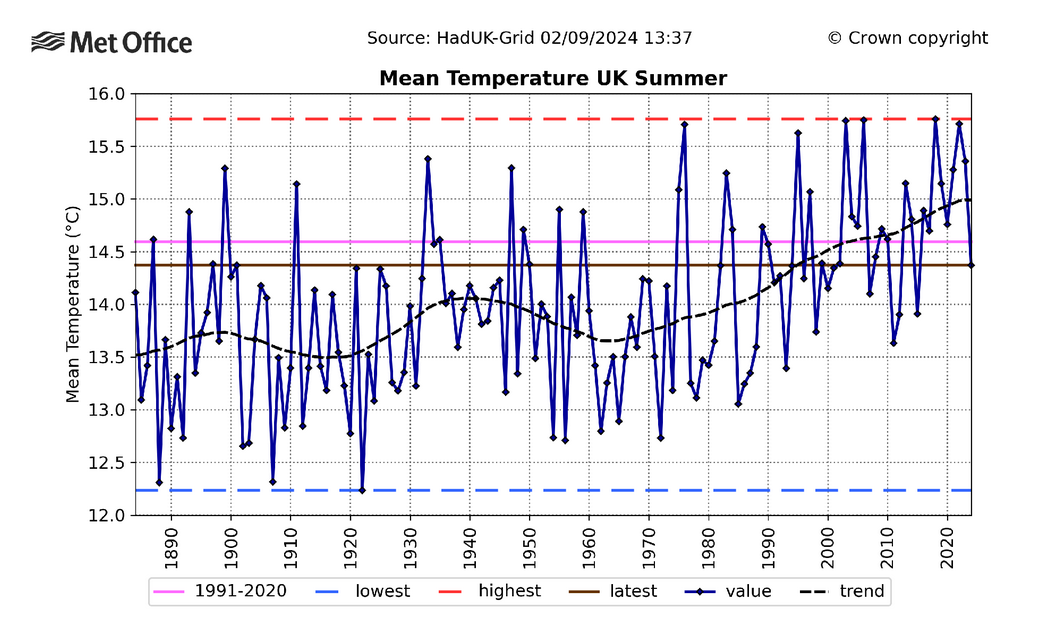What will the weather be like this autumn?

After a deluge of rain in parts of the UK on Thursday and more wet weather expected over the weekend, it feels like summer is truly in the past.
Not that we got much of a summer in the first place: provisional Met Office statistics released this week showed the UK actually had its coolest summer in nearly a decade.
But what will the weather be like this coming autumn? Here, Yahoo News UK takes a look.
What will the weather be like this autumn?
Last week, the Met Office released its three-month outlook for autumn, which includes September, October and November.
The upshot? There is at least a 50% chance that temperatures, rainfall and wind will be near average.
At the same time, however, the agency believes there is also a greater chance of it being warmer (40%, twice the normal likelihood) compared to a usual autumn, as well as wetter and windier (both 35%, 1.8 times the normal chance).
A graphic of the agency's three-month likelihood outlook can be seen below.

In terms of detailed forecasts, the Met Office's longest-range forecast currently covers 20 September to 4 October.
It says: "Beyond mid-month, a return to westerly winds and weather systems arriving from the Atlantic is the most likely outcome. This would bring wetter weather overall to north-western parts, whilst southern and eastern areas should turn drier relative to earlier in September, albeit some rain here is still expected at times. Temperatures are likely to be around average overall, though with greater potential for brief spells of warm weather in the south."
No long-range forecast can be completely accurate, of course. The "chaotic nature" of the atmosphere means that small changes in weather patterns over the Atlantic can have previously unforseen impacts on our own weather.
What was last autumn like?

In insights published in May, the Grantham Institute noted "a very active storm season" late last year.
Four named storms hit the UK from late September to mid-November: Agnes, Babet, Ciarán and Debi. These caused floods, deaths, damage to homes and infrastructure, power outages, travel cancellations and loss of crops and livestock.
The institute said rainfall during autumn and winter storms was "made around 20% more intense by human-caused climate change", while rainfall overall increased by 15% compared to the preindustrial climate.
The Met Office also noted "dramatic contrasts" last autumn, with 30C reached on seven consecutive days in September – a record – before an "unsettled and very wet" October.
What was this summer like?
While this summer was the world's hottest on record, the UK actually saw its coolest summer since 2015.
According to provisional Met Office statistics, the mean daily temperature – that is the average across 24 hours – was 14.37C, which is 0.22C below average. In 2015, it was 13.91C.
Met Office scientist Emily Carlisle said the cool summer was largely due to northerly winds bringing cold Arctic air to the UK in June and July.
“Although we had some heatwaves and bursts of hot weather, these were fairly short-lived and conditions across the whole three months were pretty unsettled. August was the wettest month of the summer, with some places in Scotland experiencing double their average summer rainfall during the month and Storm Lilian bringing strong winds and heavy rain at the end.”
However, the agency also pointed out this summer's average of 14.37C would still be considered warmer than if compared with 1961 to 1990, when the average was 13.78C. The below Met Office graph demonstrates the generally warming trend since the 19th century.

Carlisle added: "While climate change increases the frequency of warmer weather in the UK, our natural variability means that we’ll still experience cooler than average summers at times.”


